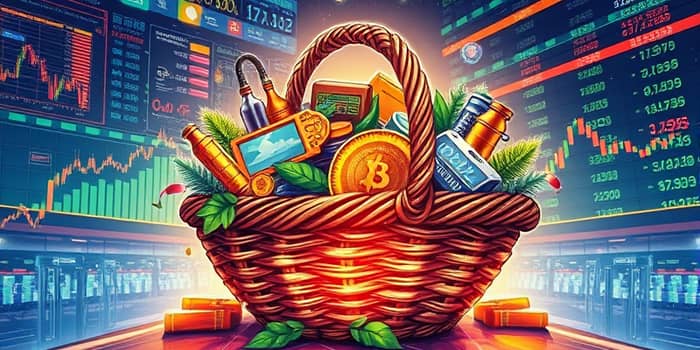
Exchange-Traded Funds (ETFs) have revolutionized investing by combining the benefits of mutual funds with the flexibility of individual stocks. In this comprehensive guide, we explore the structure, advantages, challenges, and future trends of ETFs, empowering investors with practical insights and actionable knowledge.
An ETF, or investment fund holding a basket of assets, pools investor capital to acquire stocks, bonds, or commodities. Unlike mutual funds, which trade once daily after market close, ETFs trade like individual stocks on major exchanges. Investors own shares in the fund rather than direct ownership of underlying securities.
This open-ended fund structure ensures that creation and redemption of shares by authorized participants maintain alignment between the ETF’s market price and its net asset value (NAV). Daily transparency, in the form of daily disclosures of holdings, gives investors clear visibility into portfolio composition.
ETFs operate through a mechanism involving asset managers, authorized participants, and market makers. Authorized participants create or redeem large blocks of ETF shares—called creation units—by exchanging them with underlying assets. This process keeps ETF prices close to their NAV and supports liquidity.
Market makers and brokers facilitate trading by offering bid-ask spreads, ensuring investors can buy or sell shares at competitive prices throughout market hours. This liquidity feature makes ETFs versatile tools for both long-term investors and short-term traders.
Several characteristics have fueled the rapid adoption of ETFs worldwide:
The ETF universe has expanded beyond traditional index trackers into specialized strategies:
As of Q1 2025, global ETF assets under management (AUM) reached approximately $13.5 trillion. The United States dominates with $10.43 trillion, while Ireland, Luxembourg, and Canada serve as major international domiciles.
Regionally, Asia Pacific saw robust growth: Taiwan’s ETF AUM surged by 65% in 2024, surpassing NT$6.4 trillion and driven by a burgeoning bond ETF market. North America attracted net inflows of $331.3 billion in Q1 2025, followed by Europe with $91.6 billion and Asia-Pacific at $38.2 billion.
Innovations such as active ETFs now represent over half of new inflows in certain markets. Retail investor engagement is on the rise: in the US, 63% of surveyed individuals plan to purchase ETFs in the coming year, up from 37% just two years ago.
Investors turn to ETFs for a range of strategic and practical benefits:
While ETFs offer numerous benefits, investors should remain aware of potential pitfalls:
Looking ahead, ETFs are poised for continued innovation. Themes such as ESG (Environmental, Social, Governance), digital assets, and multi-asset strategies are attracting new launches. Fee competition remains intense, driving down costs and benefiting end investors.
Institutional adoption is growing as pension plans and insurance companies use ETFs for core allocation and tactical overlay strategies. Retail investors, empowered by technology and fractional-share trading, are likely to deepen their engagement with ETF products.
Exchange-Traded Funds have transformed the investment landscape by offering cost-effective portfolio solutions with unprecedented flexibility and transparency. Whether you are a seasoned professional or a novice investor, understanding ETFs is essential for building a modern, resilient portfolio.
By mastering ETF structures, evaluating their costs and risks, and staying abreast of emerging trends, you can harness the power of these versatile instruments to achieve your financial objectives. Embrace ETFs to diversify effectively, optimize tax outcomes, and navigate dynamic markets with confidence.
References













